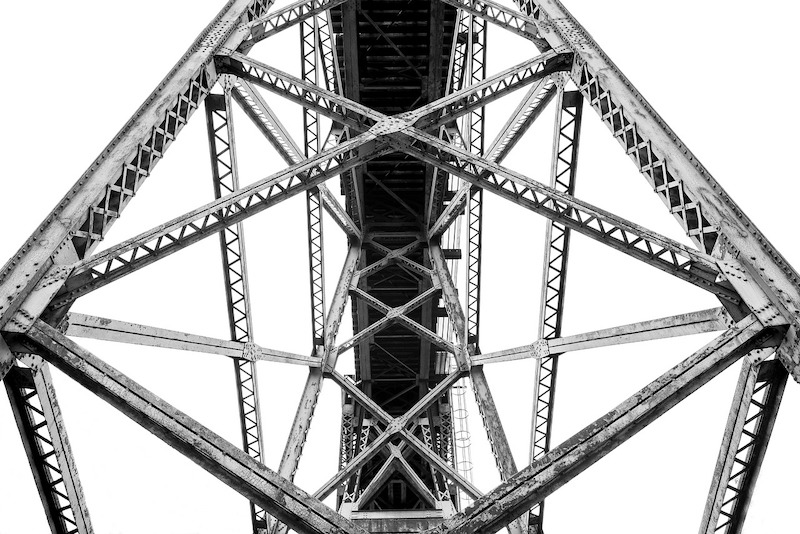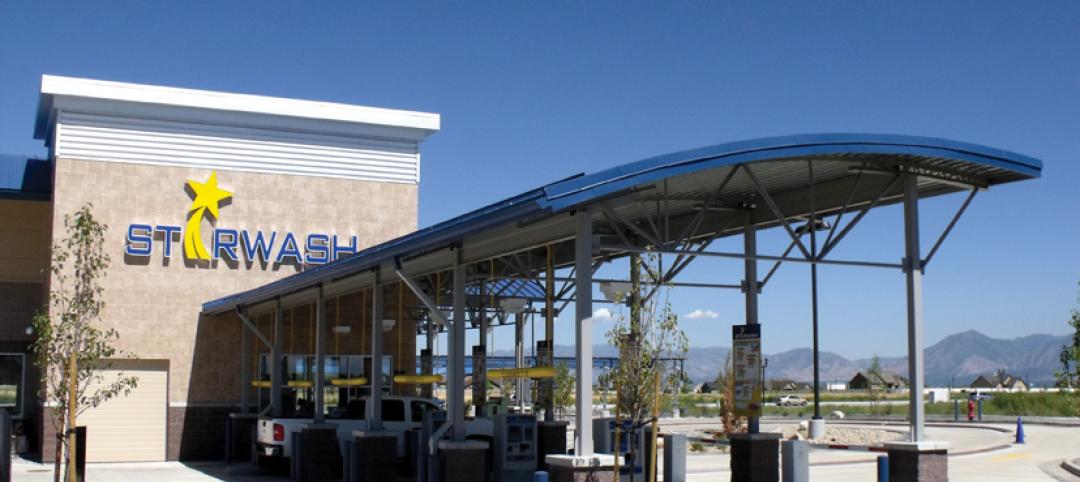Domestic steel mills produced more than 6 million tons of structural steel last year, according to the American Iron and Steel Institute.
That structural steel supply chain has remained robust, active, and ready to build tomorrow’s landmark structures throughout the last few months.
Confusion and uncertainty regarding the availability of structural steel boil down to the generic nature of the word “steel.” When people hear that mills supplying the automotive industry are shutting down, they assume that also applies to structural steel mills.
But automotive steel and structural steel have different supply chains. Structural steel mills have been designated essential businesses in many states across the country.
“We are unaware of any current shortages in steel supply, and all of Nucor’s steel mills have continued to operate during the COVID-19 pandemic,” said Katherine Miller, director of public affairs and corporate communications with AISC member producer Nucor Corporation. “We have continued to produce steel for critical projects and to meet our customers’ needs for our products without interruption.”
The hollow structural section (HSS) sector has also carried on without interruption.
“From the beginning of the pandemic, Atlas was deemed an essential business since the steel industry was deemed critical infrastructure,” explained Brad Fletcher, a senior sales engineer with Atlas Tube, an AISC member HSS producer. “As such, all of our mills have been up and running as normal to meet our customers’ needs. We’ve cut back hours here and there based on demand, but we’ve had no layoffs—and we aren’t planning any.”
Because operations remain largely normal, lead times remain short.
“Lead times have not fluctuated due to the pandemic, and we’ve had no supply interruptions,”
Fletcher said. “We have a strong relationship with our coil producers, and there have been zero issues with our coil supply.”
Around 70% of structural steel comes from service centers instead of directly from steel mills and HSS producers. That makes service centers a particularly good barometer for steel availability, and all indications remain strong.
“There are no steel shortages—absolutely, positively not,” said Gary Stein, CEO of Triple-S Steel, an AISC member service center company with a network of approximately 30 locations. “I’ve seen headlines talking about steel mill shutdowns, but that’s not structural steel. Structural mills are all running just fine. Most structural steel flows through distribution centers like ours, and I and my competitors all have plenty of inventory.”
Safety is also top-of-mind for these companies as they continue to meet demand for structural steel.
Staying operational also means staying safe, noted Miller. “The health and safety of our teammates is our number one cultural value at Nucor, and we have implemented a number of safety measures as we operate during this pandemic,” she said. “These include social distancing, face coverings, staggered schedules, enhanced cleaning procedures for work areas, and using remote work wherever possible.”
“Our primary concerns at this time remain the health and safety of our employees as well as maintaining our quality product and service commitments to our customers,” echoed Ivonne Furneaux, director of communications and community relations with AISC member producer SSAB. “Production continues, our supply chain is intact, and we do not anticipate disruption to our service levels. However, we will continue to monitor the situation and will take appropriate measures as warranted.”
“Our plants are running routinely, though with precautionary measures, and sales and office staff have been working remotely,” said Stein. “But we’re still getting our work done. There’s plenty of steel in the supply chain every day, pandemic or not.”
Related Stories
| May 10, 2011
AISC honors top steel industry professionals
Roberto Leon, William Segui, Atorod Azizinamini, David Platten, Reidar Bjorhovde, Karl Frank, David I. Ruby, and Jon Magnusson are honored by the American Institute of Steel Construction (AISC) for their great contributions to the advancement of the structural steel design and construction industry. The award recipients will be recognized on May 11 at the 2011 NASCC: The Steel Conference in Pittsburgh.
| May 3, 2011
Demand for steel grows, led by developing economies
According to the World Steel Association's short range outlook for 2011 and 2012, steel use will increase by 5.9% in 2011, and an additional 6% in 2012. This forecast suggests that by 2012, steel use in the developed world will still be 14% below 2007 levels, whereas in the emerging and developing economies, it will be 38% above. In 2012, emerging and developing economies will account for 72% of world steel demand in contrast to 61% in 2007.
| Apr 5, 2011
SSPC, AISC announce joint standard for paint shop certification
SSPC: The Society for Protective Coatings and the American Institute of Steel Construction (AISC) are pleased to announce a joint certification standard for shop application of protective coatings. The standard, "Certification Standard for Shop Application of Complex Protective Coating Systems," describes requirements for certification of firms that shop apply complex painting systems.
| Mar 10, 2011
Steel Joists Clean Up a Car Wash’s Carbon Footprint
Open-web bowstring trusses and steel joists give a Utah car wash architectural interest, reduce its construction costs, and help green a building type with a reputation for being wasteful.
| Nov 16, 2010
CityCenter’s new Harmon Hotel targeted for demolition
MGM Resorts officials want to demolish the unopened 27-story Harmon Hotel—one of the main components of its brand new $8.5 billion CityCenter development in Las Vegas. In 2008, inspectors found structural work on the Harmon didn’t match building plans submitted to the county, with construction issues focused on improperly placed steel reinforcing bar. In January 2009, MGM scrapped the building’s 200 condo units on the upper floors and stopped the tower at 27 stories, focusing on the Harmon having just 400 hotel rooms. With the Lord Norman Foster-designed building mired in litigation, construction has since been halted on the interior, and the blue-glass tower is essentially a 27-story empty shell.
| Nov 5, 2010
New Millennium’s Gary Heasley on BIM, LEED, and the nonresidential market
Gary Heasley, president of New Millennium Building Systems, Fort Wayne, Ind., and EVP of its parent company, Steel Dynamics, Inc., tells BD+C’s Robert Cassidy about the Steel Joist Manufacturer’s westward expansion, its push to create BIM tools for its products, LEED, and the outlook for the nonresidential construction market.
| Nov 3, 2010
Dining center cooks up LEED Platinum rating
Students at Bowling Green State University in Ohio will be eating in a new LEED Platinum multiuse dining center next fall. The 30,000-sf McDonald Dining Center will have a 700-seat main dining room, a quick-service restaurant, retail space, and multiple areas for students to gather inside and out, including a fire pit and several patios—one of them on the rooftop.
| Oct 13, 2010
Prefab Trailblazer
The $137 million, 12-story, 500,000-sf Miami Valley Hospital cardiac center, Dayton, Ohio, is the first major hospital project in the U.S. to have made extensive use of prefabricated components in its design and construction.
| Oct 12, 2010
University of Toledo, Memorial Field House
27th Annual Reconstruction Awards—Silver Award. Memorial Field House, once the lovely Collegiate Gothic (ca. 1933) centerpiece (along with neighboring University Hall) of the University of Toledo campus, took its share of abuse after a new athletic arena made it redundant, in 1976. The ultimate insult occurred when the ROTC used it as a paintball venue.
| Oct 11, 2010
MBMA Releases Fire Resistance Design Guide for metal building systems
The Metal Building Manufacturers Association (MBMA) announces the release of the 2010 Fire Resistance Design Guide for Metal Building Systems. The guide provides building owners, architects, engineers, specifiers, fire marshals, building code officials, contractors, product vendors, builders and metal building manufacturers information on how to effectively meet fire resistance requirements of a project with metal building systems.












